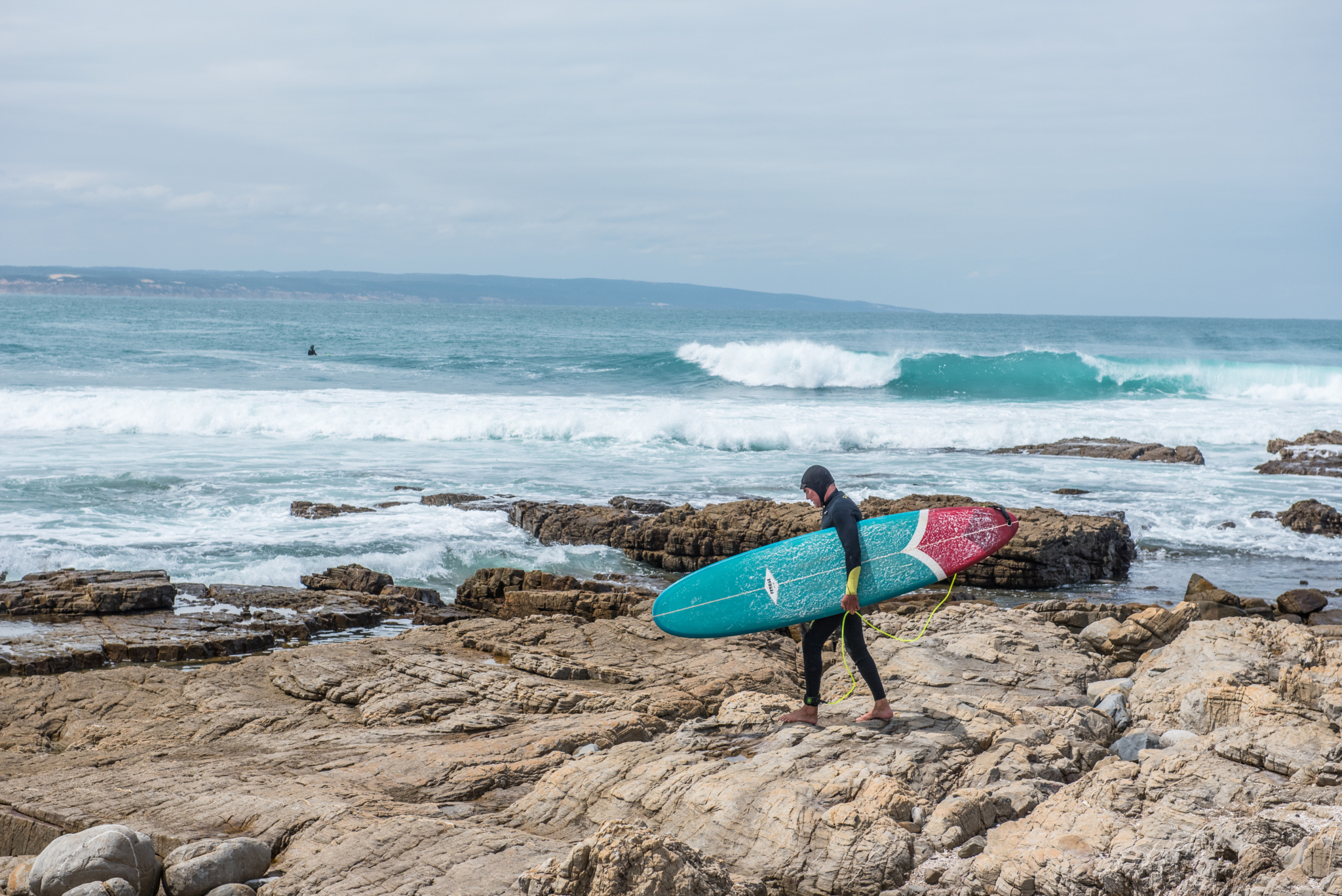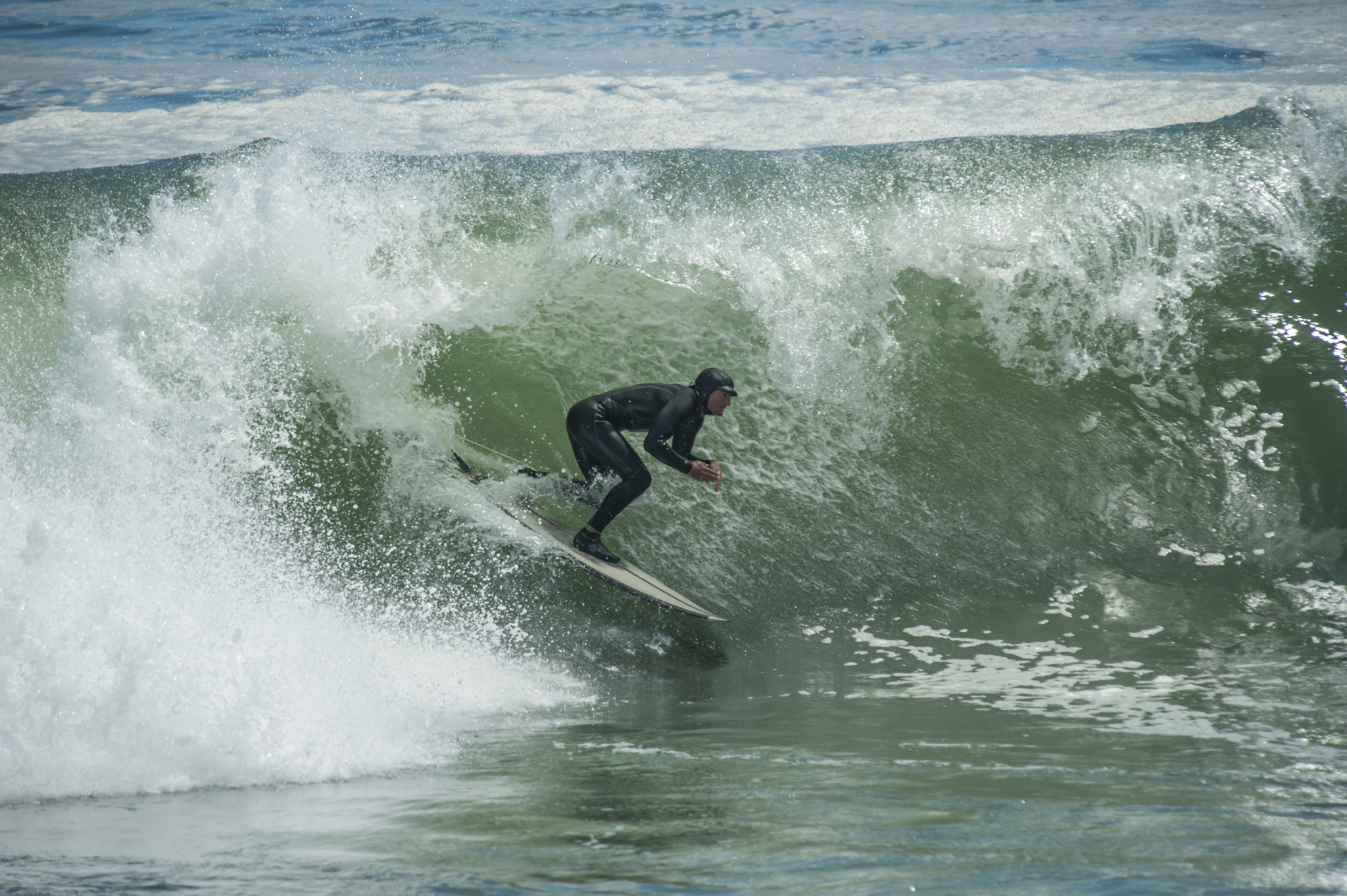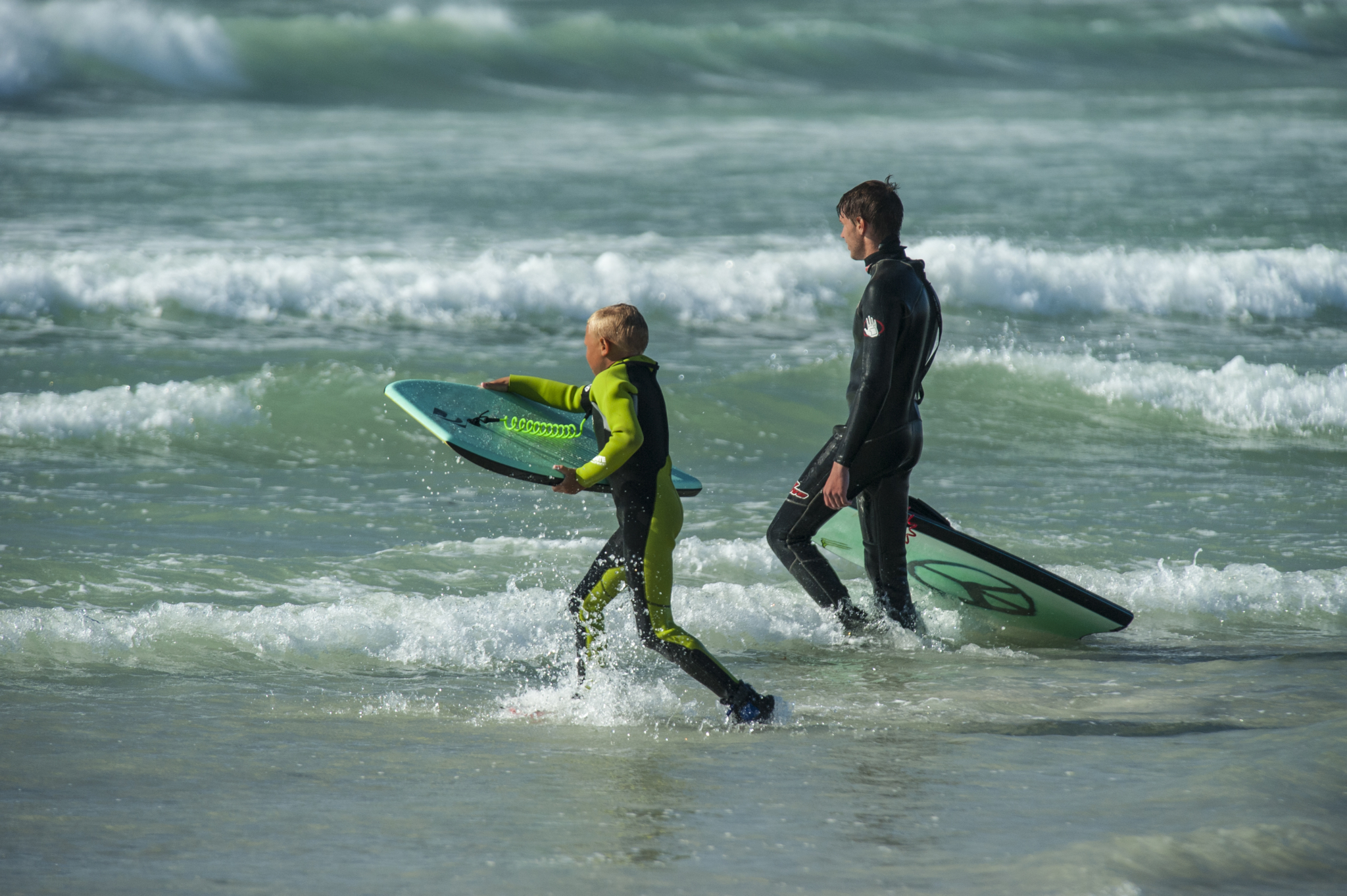If you’re heading up the Garden Route, packing a surfboard, SUP or body board is a good idea. This corner of the country has a number of great surf spots dotted along its beautiful and varied shoreline. Many are suitable for more advanced surfers, but there are quite a few, small fun waves to be had for the less experienced in towns such as Plettenberg Bay and Mossel Bay. The best surf along this coast is often in spring and autumn, in light north or northwesterly winds, but you can get great surf all year round. These are some of the best-known spots:
Jongensfontein
Jongens has a decent break when there’s a small to medium southwest or southerly swell and a light northerly wind. It breaks on a reef and is a fun, playful wave.
Stilbaai
This is a bigger, heavier, right-hand point break with an excellent mid-section, and a sometimes powerful outside section that’s not for the faint of heart. You’ll need to be fit as a lot of paddling is needed here given the strong rip currents. Stilbaai likes a large, south to southeast swell with a light westerly wind. If things get too hairy, the beach break near the harbour can be an option for smaller waves. Hire boards or learn to surf with Garage Surf Shop in Stilbaai.

Vleesbaai
This is a protected point break that needs a huge swell with a lot of east on it and an incoming tide. Vleesbaai works very rarely, is sharky and hard to get to … but when it fires, it’s said to be legendary.
Mossel Bay
There are a number of small breaks for beginners in town and two good breaks at The Point. Outer Pool (for experienced surfers) works on a low, incoming tide and has a relatively easy take-off, before bending onto a reef and becoming steep, hollow and powerful.
Inner Pool is more forgiving, slower and fun, and is preferred on a higher tide. It breaks best in a small to medium south to southwest swell and light offshore winds. There’s a pesky rock in the middle of this break known as ‘peanut’. Ask a local to point it out so you aren’t forced into a meet and greet.
Hire a board or learn to surf with Surf’s Up Mossel Bay.
Victoria Bay
This is a legendary Garden Route wave in a dramatic setting: a narrow gorge surrounded by high, verdant hills. In the right conditions, Vic Bay produces a perfect, right-hand point break. The take-off and paddle out can be tricky, and at low tide the inside section of the reef gets shallow. It works best in a south to southwest swell and light offshore winds. Learn to surf at Vic Bay and other local spots with Vibe Surf School.

Goukamma
There’s a long, pristine beach fringing Goukamma Nature Reserve, with a number of (shifty) beach breaks, the finest of which is probably at the Goukamma River mouth. This spot is best in light north winds and can get very good when the sandbanks are in your favour.
Buffalo Bay
This exposed bay can’t handle a big swell, but on small glassy days, a clean left-hander breaks off a sandbank in the middle of the beach. There’s also a fun wedge that breaks in the corner of the beach.
On the outside, there are a series of overlapping reefs at Walker Point that offer a consistent, right-hand break that needs an easterly set to the swell for it to grind properly.
Plettenberg Bay
Lookout is the main beach break in Plett and is very popular, but rather fickle due to shifty sand banks. When that sand gods align, there’s pleasant surf at Lookout, however it does get sharky. There’s also surf further down the beach near the river mouth, often just a small channel between the lagoon and the sea.
Around the headland and close to Beacon Isle Hotel lies The Wedge, a beach break that gets hollow and powerful in the right condition (low tide and a clean three- to four-foot swell). Waves bounce off the rocks and head parallel to the beach where they merge with incoming waves, creating a pyramidal wedge. The short but exhilarating barrel provides loads of fun.

Keurbooms
This is a fairly capricious beach break, but rewarding and delightfully hollow when it fires. The best time to catch it is in windless, glassy conditions on a pushing, mid-to-high tide, with a three- to four-foot groundswell. The right needs a high-ish tide, but there’s also a fun left that works on the low.



















